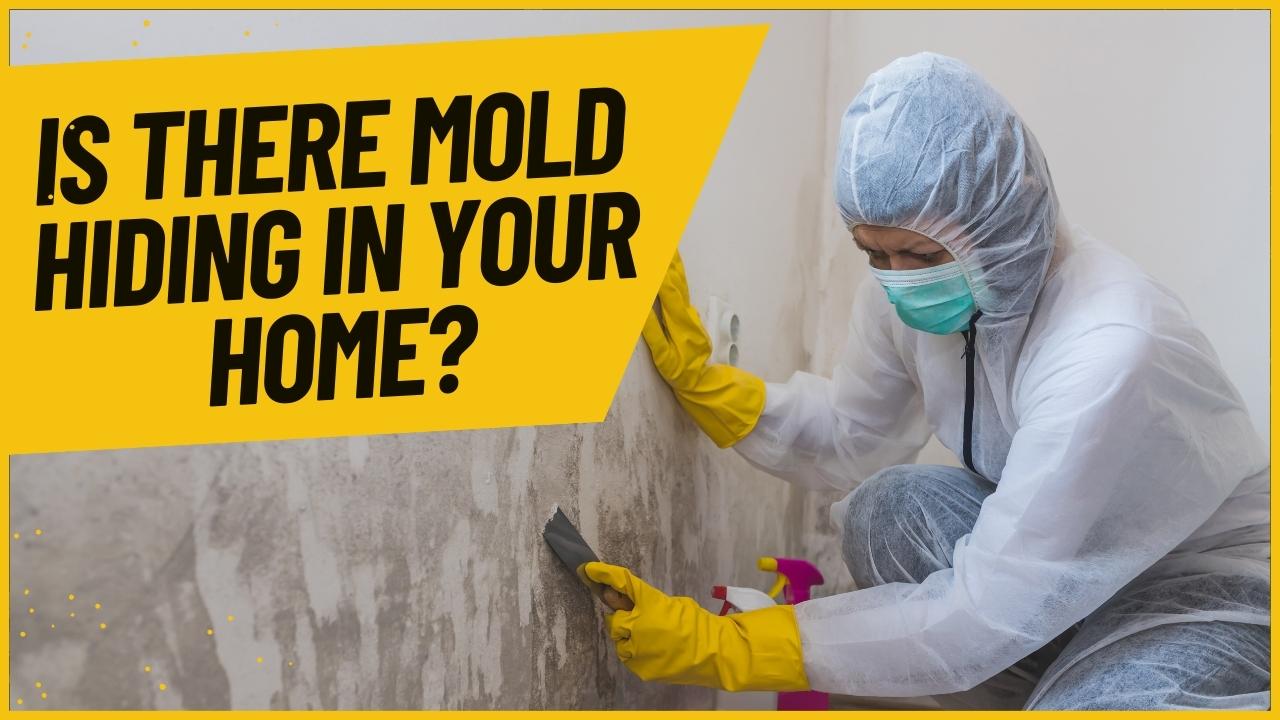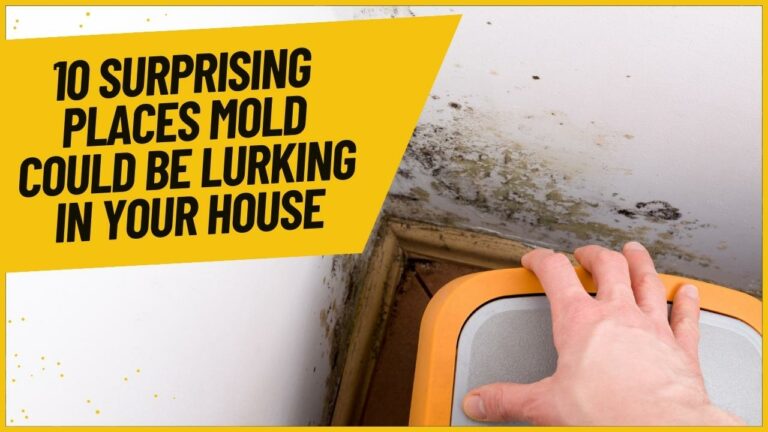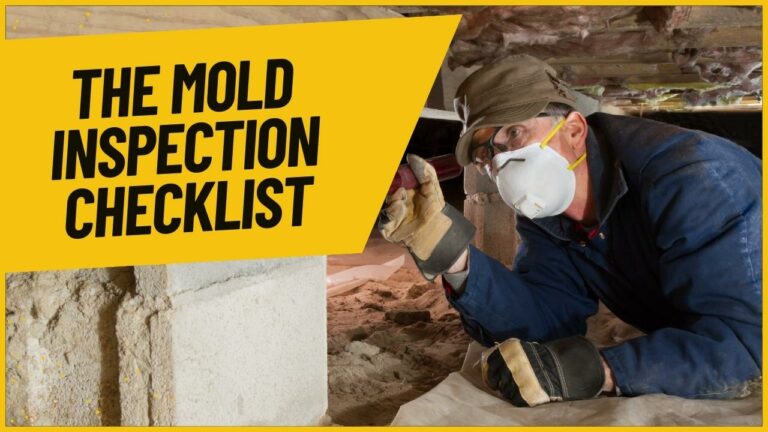Is There Mold Hiding in Your Home? The Importance of Mold Inspection
Have you noticed a musty odor in certain rooms of your home? Do you see condensation accumulating on windows or peeling wallpaper? These could be signs that mold is lurking in your house. Mold growth is a serious issue that requires professional inspection and remediation.
What Is Mold and Why Is It Harmful?
Mold is a type of fungus that grows in damp, humid environments. While mold spores are present everywhere, they will rapidly multiply when excess moisture is available.
Too much indoor mold causes a number of health hazards:
- Allergic reactions – sneezing, runny nose, red eyes, skin rash
- Asthma attacks or wheezing in those prone to lung issues
- Headaches, fatigue, and irritability
- In rare cases, mold toxin exposure causes fever and shortness of breath
In addition to health problems, mold can damage materials in your home. It eats away at wood, drywall, fabric, and insulation. Prolonged moisture issues also undermine the structural integrity of a building over time.
Top 5 Signs There Could Be Hidden Mold
It’s easy to miss a mold problem. Small mold colonies can grow inside walls, under flooring, in basements or attics. Here are some red flags:
Musty Odor The most common sign is a lingering musty, earthy smell. This is caused by mold releasing volatile organic compounds (VOCs). Any areas with a funky aroma likely have mold.
Peeling Paint or Wallpaper As mold grows, it can warp surfaces causing materials to crack or peel away. Bubbling or peeling paint or wallpaper suggest moisture issues.
Discoloration You may notice gray, brown, or black spots on surfaces that continue to spread. This visible mold indicates spores.
Moisture or Leaks Any type of water intrusion from flooding, plumbing leaks, roof damage, or condensation provides fuel for mold. Keep an eye out for water stains or moisture.
Health Issues If you suffer allergy symptoms, asthma, or other problems without clear cause, mold could be the culprit. Doctors may recommend testing.
Professional Inspection Is Vital
While you can look for obvious visual signs, a thorough inspection by a trained professional is essential to identify all mold in a home. They use specialized tools such as:
- Moisture meter – detects dampness in walls that can hide mold
- Borescope camera – sees behind walls and under materials
- Air tests – samples indoor air to measure mold spore levels
- Surface samples – swabs sent to the lab to identify mold species
A comprehensive mold inspection report gives a full analysis of contamination in the home. This guides proper remediation.
Next Steps If Mold Is Found
If the inspection uncovers mold, take action right away. The extent of the issue determines the next steps:
- Minor mold – can be DIY cleaned with protective gear
- Moderate mold – professional remediation required
- Severe mold – may require temporary moving out during remediation
Address the source moisture problems first. Then thoroughly clean up affected areas and use air scrubbers. Follow-up testing confirms the mold is gone.
Don’t ignore possible hidden mold issues in your home. Contact a certified professional mold inspector to start the process if you have any concerns. Addressing problems early saves money and protects your family’s health.


